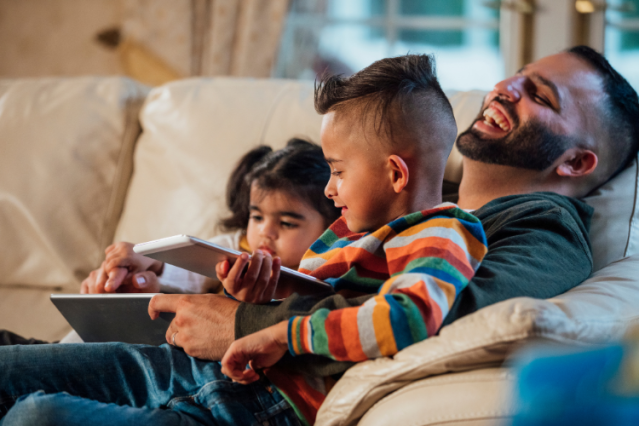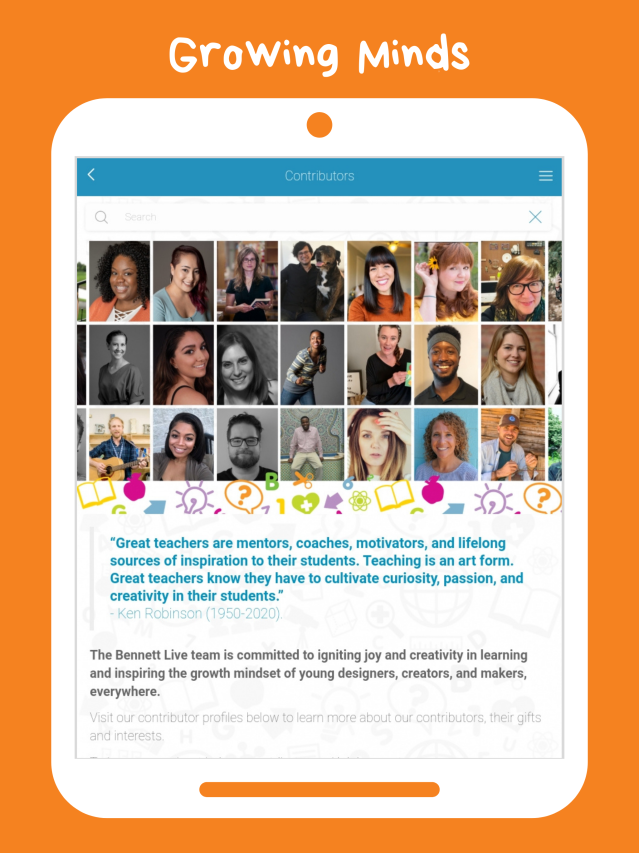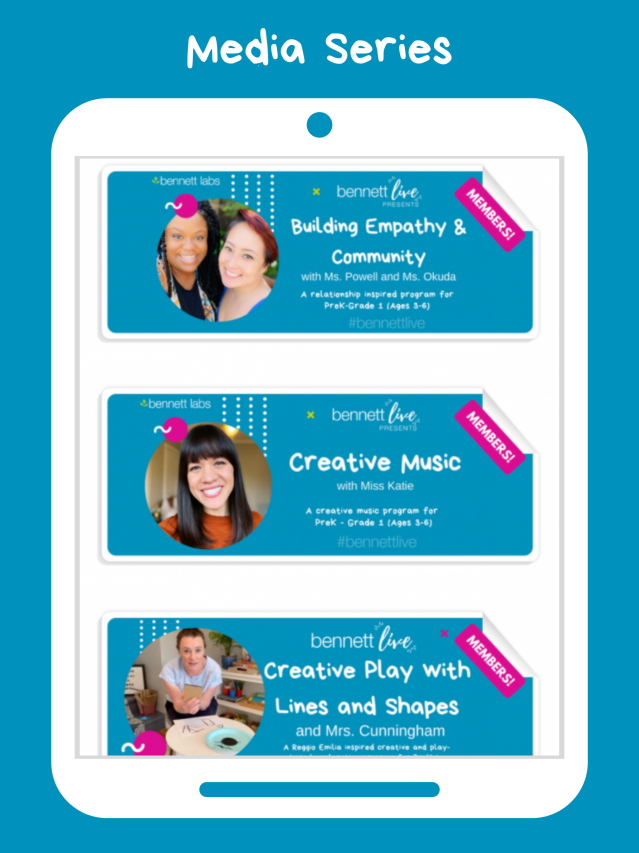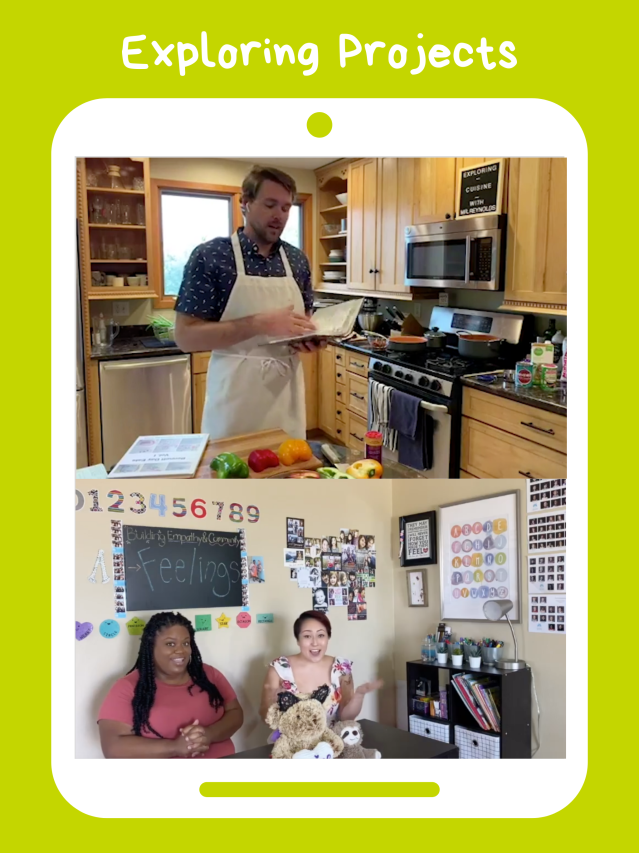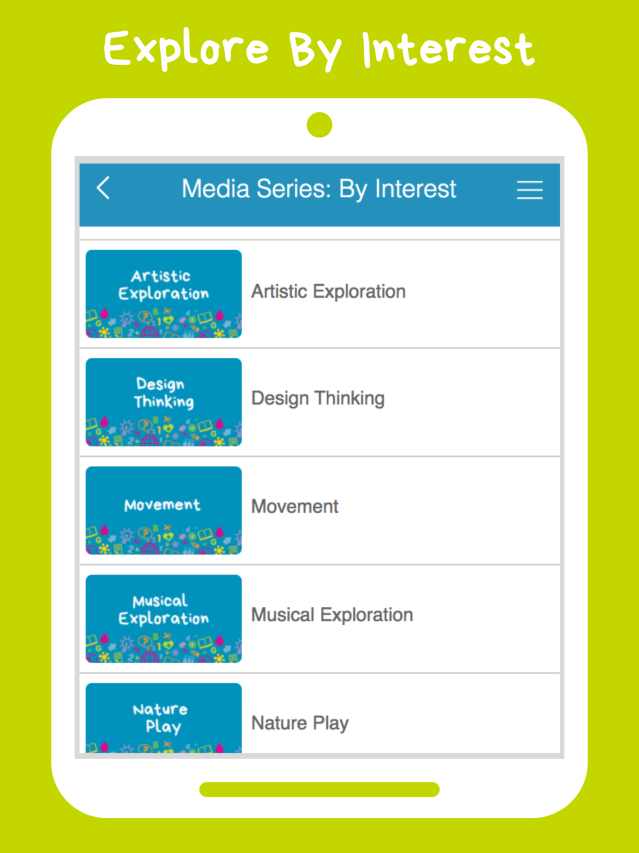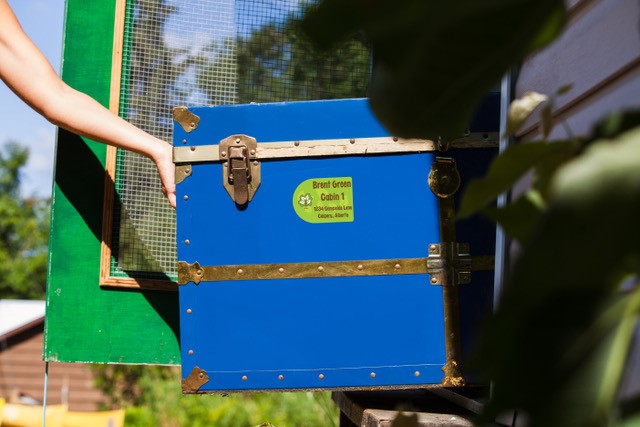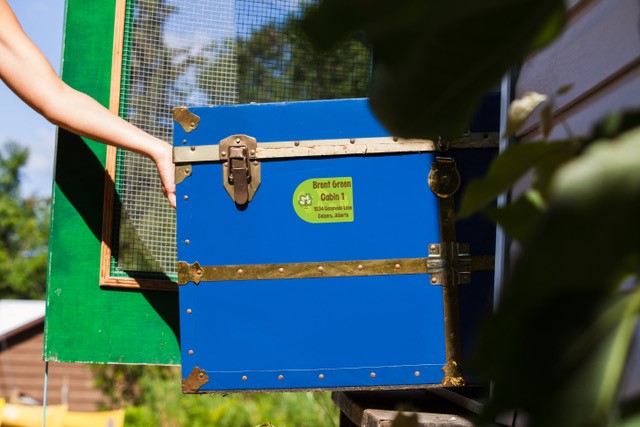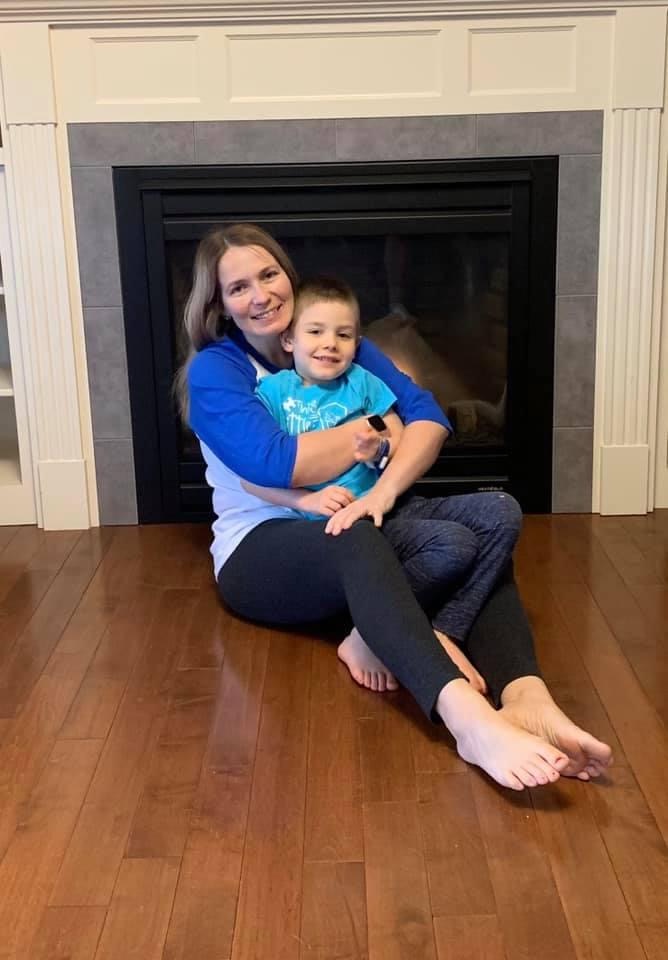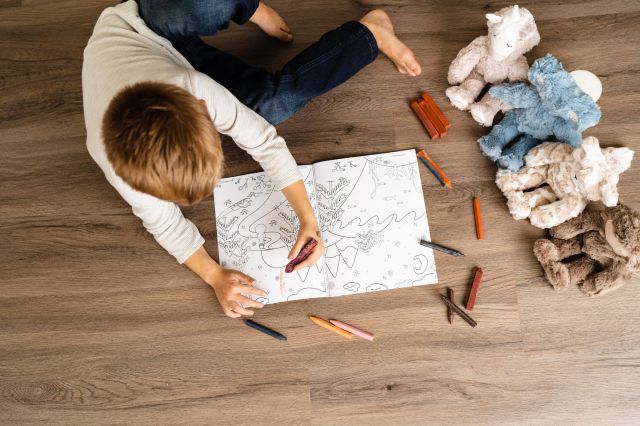
I’ve been spending time with a new friend lately and I’m starting to like her.
At first, we just took trips in the car together—short trips to pick up or drop off the kids from school and then longer trips to watch my son in his high school baseball games. Initially we rode in silence, just listening to the sounds of the world. Then we started listening to music. Each day it was something different. Some days it was show tunes. Sometimes it was R&B or hip hop from the ’90s and 2000s. Sometimes it was classic rock or a news podcast.
She lets me pick and accepts my choices—without judgment.
She recently convinced me to redo my bedroom. As I stood in the middle of my room, an hour into the process, I was overwhelmed by the mess. But, she refrained from telling me I was stupid or messy and didn’t scold me for waiting so long to tackle the project. Instead, she helped me focus on the possibilities before me and together we put the room back together. She helped me see the hope in the midst of a mess—without judgment.
When I finally got back on the spin bike 8 weeks after my surgery instead of 6 weeks, she was my biggest cheerleader. “You can do this!” she whispered as I climbed into the seat, unsure of what my body would be able to do after such a long break. As each mile ticked by, her support grew louder and louder.
She believes in me—without judgment.
When I had one of those big parenting moments with my teen the other night, she was there, trying to build me up and remind me that I am a good mom. At first, I tried to ignore her, silence her, tell her that’s she wrong—just like I used to do for so many years. But eventually, I let her speak louder.
She points out my strengths and helps me see my growth—without judgment.
When I ventured back into the world outside my house, she has been there, silently encouraging me to be my true self, to say what I am thinking. To reach out to the people that matter. To hold boundaries to protect my energy.
She makes me believe I am worthy of love and laughter—without judgment.
While I know she’s always been there—a part of me—I kept her hidden away. If I let her help me be confident, I would be seen as cocky. If I believed the positive things she says about me, that I was superficial or phony. So, I turned down the volume on her for much of my life, pushing her into the far corners of my brain.
But I’m starting to see now that she’s not just a part of me—she’s the real me. And I think it’s time to let her stay and that maybe it is time to let her shine. Because it turns out, she’s kind of a great person. And here’s the thing—you all have a friend inside you that is just like her. Maybe it’s time to let her shine too.
RELATED:
11 Things I’ve Learned to Stop Apologizing For
To the Mom I Thought Was Judging Me, I’m Sorry







